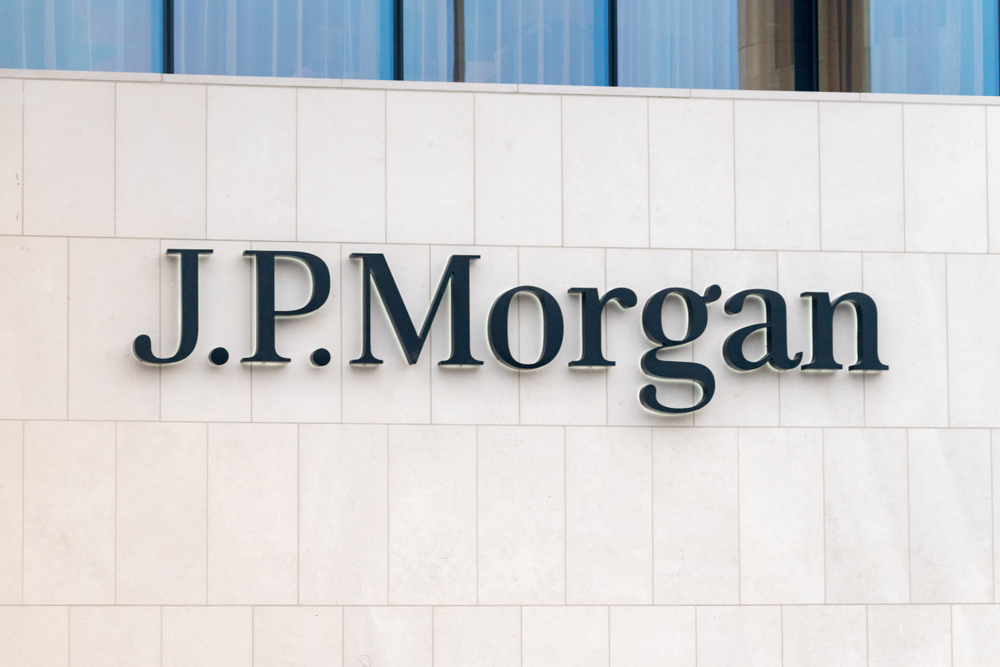The U.S. Bureau of Labor Statistics released its September labour market report at the end of the week. And although it showed that the unemployment rate remained at the same low level as in August (3.8 per cent), this is not pleasing information. As Paradoxical as such a judgment may seem.
Let us recall that it is not only the US economy that has been facing the highest inflation rate in many decades over the past two years, which was also the reason why the Federal Reserve resorted to a rather harsh monetary restriction. The aim of such a policy is always to dampen demand and cool the economy, so that inflation can go hand in hand with it.
Inflation well above the inflation target is no less of a disaster for the economy and society as a whole than high unemployment and a possible economic recession. However, the latest data from the US labour market indicate that no economic cooling is yet taking place in the US and the labour market remains literally tight as a string.
Why is this a problem? With a certain degree of simplification, unemployment and inflation can be said to be linked vessels, albeit in an inverse relationship. When unemployment goes up, inflation tends to go down; when unemployment goes down, inflation tends to go up. Economic policymakers try to balance the economy so that unemployment is not a source of inflationary pressures, but at the same time so that excessive efforts to reduce inflation do not lead to unnaturally high unemployment.
The Federal Reserve began raising interest rates last March from a technical zero and has effectively decided to continue this trend at every subsequent monetary policy meeting. The last increase came in July, to 5.25 to 5.5 percent. U.S. monetary policymakers figured they would take a pause in raising rates, saying they were prepared to send rates higher again if necessary.
The US labour market created 336,000 new jobs during September, about double the general market consensus. This is therefore a fairly strong signal towards the Fed that it is not yet time to give up.
This is not very good news for the financial, and therefore especially stock, markets. If the Fed were to actually start raising interest rates again, this would mean a loss of liquidity, which would lead to a lower willingness to invest in equities in particular. Conversely, less risky assets would become more attractive, as they would carry a more attractive yield. At the same time, a continuation of rising interest rates would dampen demand in the economy, people would buy less, firms would probably invest less, which would have a delayed effect on profits and therefore a further decline in interest in investing in equities.
Equity markets will therefore now be closely watching the rhetoric of virtually any member of the Fed leadership to try to make the best guess as to the future course of monetary policy. After all, no one wants to sell stocks when everyone already knows where the market is going; everyone wants to sell when the market is at its peak.
The next meeting of the Federal Reserve is scheduled for exactly the end of October and the beginning of November. By then, we will also know the latest inflation data, which will provide another strong indication of where the Fed's monetary policy could go for the remainder of this year.
-----
Compiled by InvestingFox's team of analysts
 Polish
Polish
 English
English
 Slovak
Slovak
 Czech
Czech
 Hungarian
Hungarian
 Italiano
Italiano





